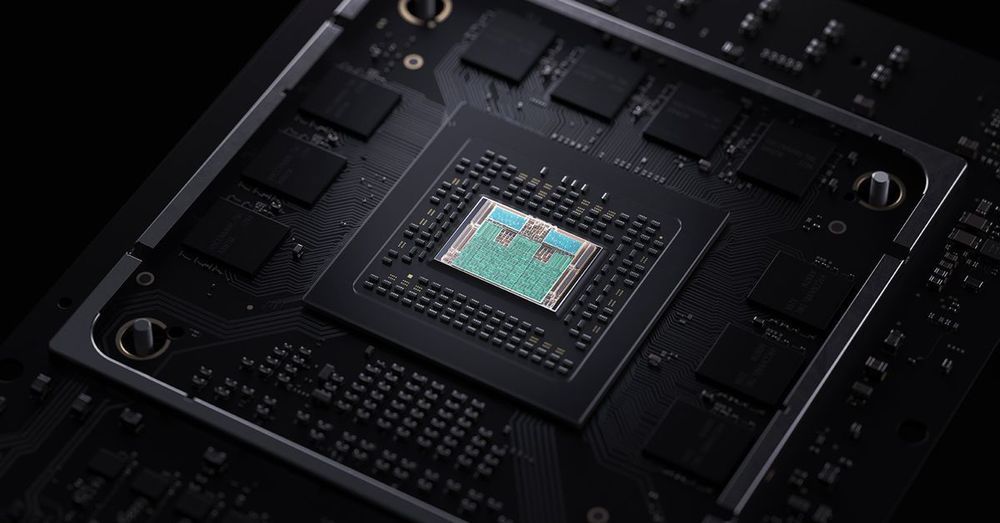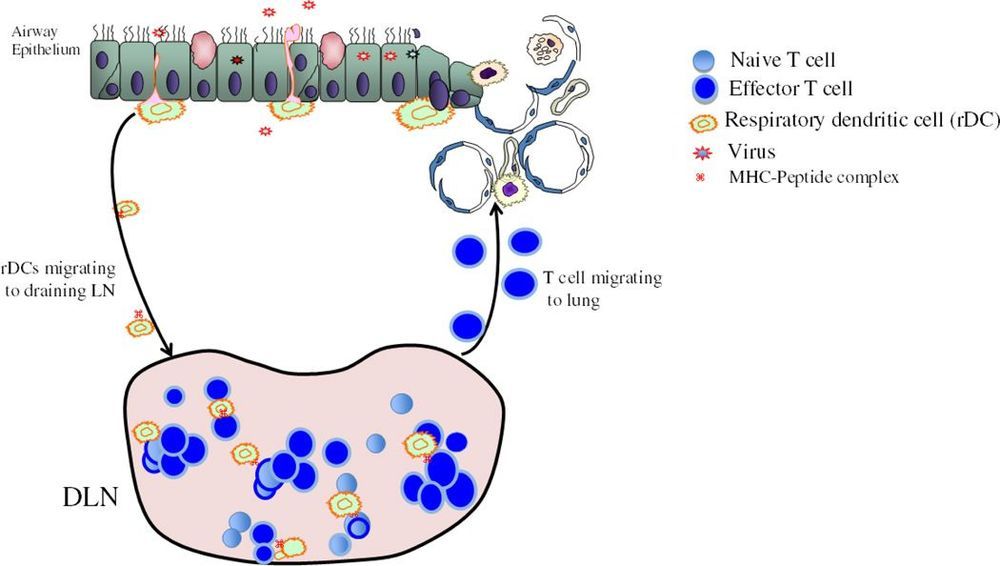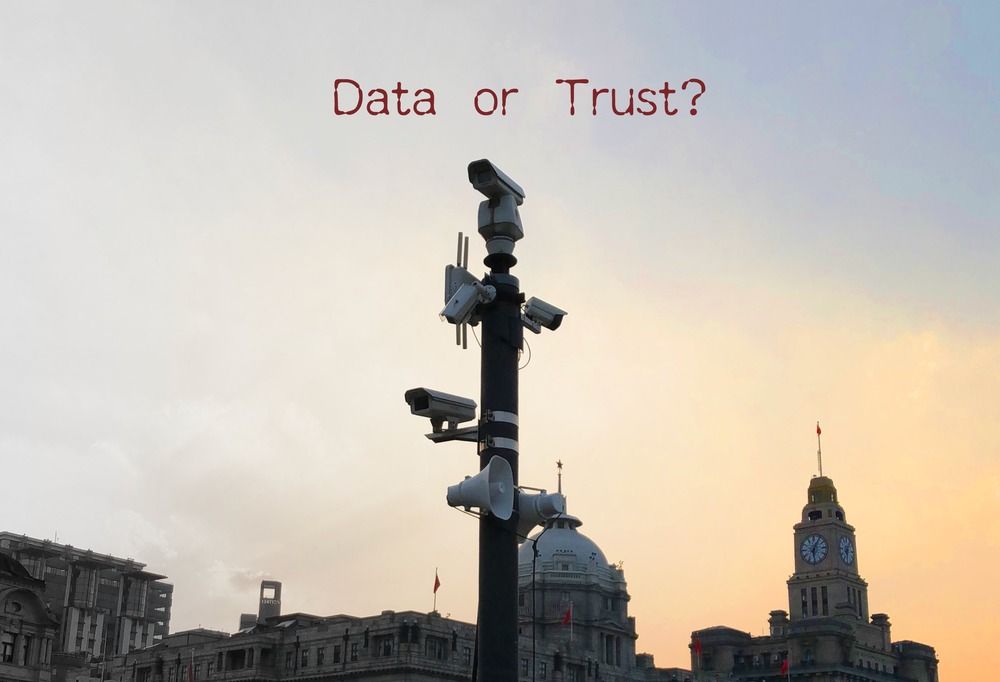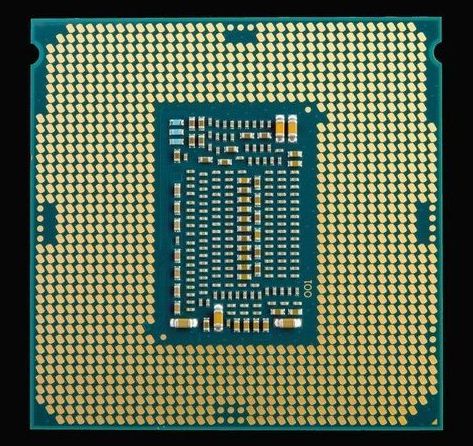South Korea is a prime suspect for exploiting the secret software vulnerabilities in a sophisticated espionage campaign.
Category: cybercrime/malcode – Page 161
O,.,O! ;-;
AMD has revealed that a hacker has stolen information about its current and future GPUs. Some of the information, including details about the Xbox Series X GPU, was posted online recently. AMD has used takedown notices to wipe the source code from GitHub.
:oooo.
The successor agency to Russia’s KGB has been hacked again—and the exposed tools represent a threat to us all.
Circa 2014 Emerging respiratory coronaviruses such as the Severe Acute Respiratory Syndrome coronavirus (SARS-CoV) and Middle East Respiratory Syndrome coronavirus (MERS-CoV) pose potential biological threats to humans. SARS and MERS are manifested as severe atypical pneumonia associated with high morbidity and mortality in humans. The majority of studies carried out in SARS-CoV-infected humans and animals attribute a dysregulated/exuberant innate response as a leading contributor to SARS-CoV-mediated pathology. A decade after the 2002–2003 SARS epidemic, we do not have any approved preventive or therapeutic agents available in case of re-emergence of SARS-CoV or other related viruses. A strong neutralizing antibody response generated against the spike (S) glycoprotein of SARS-CoV is completely protective in the susceptible host. However, neutralizing antibody titers and the memory B cell response are short-lived in SARS-recovered patients and the antibody will target primary homologous strain. Interestingly, the acute phase of SARS in humans is associated with a severe reduction in the number of T cells in the blood. Surprisingly, only a limited number of studies have explored the role of the T cell-mediated adaptive immune response in respiratory coronavirus pathogenesis. In this review, we discuss the role of anti-virus CD4 and CD8 T cells during respiratory coronavirus infections with a special emphasis on emerging coronaviruses.
Coronaviruses belong to the family coronaviridae and are enveloped, positive-sense, single stranded RNA viruses. The coronavirus genome is approximately 31 kb, making these viruses the largest known RNA viruses yet identified. Coronaviruses infect a variety of hosts including humans and several other vertebrates. Coronaviruses are associated with several respiratory and intestinal tract infections. Respiratory coronaviruses have long been recognized as significant pathogens in domestic and companion animals and as the cause of upper respiratory tract infections in humans. Thus, several human coronaviruses (HCoVs) are the etiological agents for mild respiratory illness, including the common cold and croup (e.g.: HCoV-229E, HCoV-OC43, HCoV-NL63 and HCoV-HKU) (3, 4). Human coronaviruses such as SARS-CoV and MERS-CoV are also associated with severe respiratory illness (5–9).
Clause density is something new to me but seems interesting as I know shores algorithm is the only thing that can hack systems.
Google is racing to develop quantum-enhanced processors that utilize quantum mechanical effects to one day dramatically increase the speed at which data can be processed.
In the near term, Google has devised new quantum-enhanced algorithms that operate in the presence of realistic noise. The so-called quantum approximate optimization algorithm, or QAOA for short, is the cornerstone of a modern drive towards noise-tolerant quantum-enhanced algorithm development.
The celebrated approach taken by Google in QAOA has sparked vast commercial interest and ignited a global research community to explore novel applications. Yet, little actually remains known about the ultimate performance limitations of Google’s QAOA algorithm.
The U.S. Health and Human Services Department suffered a cyberattack on its computer system Sunday night during the nation’s response to the coronavirus pandemic, according to three people familiar with the matter.
The attack appears to have been intended to slow the agency’s systems down, but didn’t do so in any meaningful way, said the people, who asked for anonymity to discuss an incident that was not public.
The National Security Council tweeted just before midnight: “Text message rumors of a national #quarantine are FAKE. There is no national lockdown. @CDCgov has and will continue to post the latest guidance on #COVID19.”
The UN is under no legal obligation to report such breaches, but data protection advocates say the lack of transparency carries grave risks.
Customers’ trust and their data, which is more important to a company? “As the American organizational consultant, Warren Bennis, stated: “Trust is the lubrication that makes it possible for organizations to work”, growing customers’ faith has once been the most important thing for the survival of a business. But as time goes by, it seems that a new kind of business strategy that violates the trust-first dogma has been formed, and it should be known as the “data-first” strategy since the top priority of it is to gather customers’ data…” https://bit.ly/2ZUMykT #data #privacy #trend #technology #datascience #business #businessstrategy #dataeconomy #businesstip #privacyaware #onlineprivacy #cybersecurity #cybersecuritythreats
Like it or not, customers’ data has become the new gold for today business, and consequently it’s time for all of us, both consumers and enterprises, to rethink about where’s the thin line between normal data use and data abuse. In the rest of this article, we’ll point out a few directions where people can be looking at this problem, and hopefully it can help you to obtain your own answer.
Brain Computer Interface (BCI)
Brain-computer interface (BCI) is a technology that agree to communicate between a human-brain with an external technology. The term can be referred to an interface that takes signals from the brain to an external piece of hardware that sends signals to the brain. There are different brain-computer interface technologies developed, through different methods and for diversified purposes, including in virtual reality technology.
Benefits of Brain Computer Interface
Despite BCI being in its initial stage of development, it is expected to provide several benefits to its users in various fields. Some of the major benefits of BCI are as follows:









